Tracking dog breeds possess an extraordinary ability to follow scents, making them invaluable in various fields. Whether you’re fascinated by search-and-rescue dogs or simply curious about how certain breeds excel in scent work, their skills are nothing short of remarkable. Their keen noses, relentless drive, and specialized training allow them to track missing persons, locate lost objects, and even assist law enforcement.
Have you ever wondered how some dogs can detect things humans never could? From following faint trails to identifying scents buried beneath layers of terrain, tracking breeds operate on an entirely different level. Even if you’re only occasionally interested in tracking dogs, understanding their unique traits can be fascinating. These dogs are not just skilled workers; they showcase an impressive combination of intelligence, endurance, and instinct.
Some of these breeds are widely recognized, while others may surprise you. Whether used for professional tracking or recreational scent work, these dogs demonstrate incredible capabilities that make them stand out. Let’s explore the seven top tracking dog breeds and uncover what makes them exceptional in their field.
Did you know?
A dog’s sense of smell is estimated to be up to 100,000 times more sensitive than a human’s, allowing them to detect odors from miles away!
Occasionally Interested in Tracking Dog Breeds
1. Black and Tan Coonhound

A Black and Tan Coonhound may not track every scent it encounters, but when it decides to, few breeds can match its determination. With powerful legs and a deep chest, this breed thrives in rugged terrains, tirelessly following trails.
Bred primarily for hunting, this hound uses its sharp nose to detect faint scents, even days old. It was originally developed to track raccoons and larger game, making it an efficient working breed. Strong instincts allow it to stay focused during long pursuits.
Their signature long ears serve more than just appearance; they help sweep scents toward their highly sensitive nose. Droopy skin around the muzzle also traps scent particles, enhancing tracking ability. These physical traits make scent detection remarkably precise.
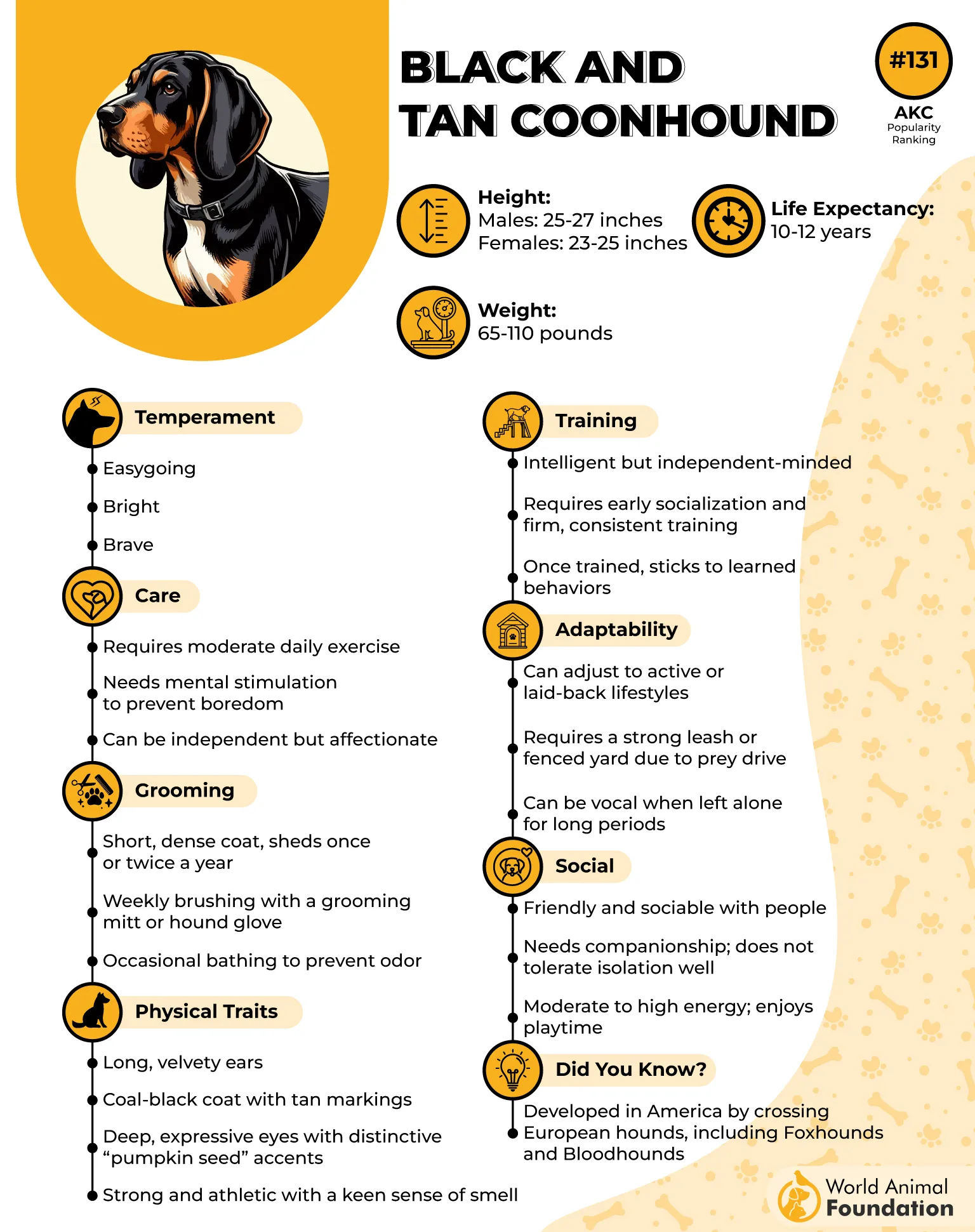
A sturdy and muscular build supports their endurance. While they excel in outdoor work, they need ample space to stretch their legs. As per AKC, a daily routine of activity helps maintain their well-balanced temperament, preventing boredom and excessive energy.
Coonhounds are known for their deep, baying howl, which carries over long distances. This trait was useful for hunters tracking game through thick forests. While not overly noisy, their unique vocalization is a defining characteristic of the breed.
Fun Fact
Their floppy ears help trap scent particles, maximizing their ability to track. The longer the ears, the more effectively they collect ground scents, giving the Black and Tan Coonhound an extra edge in tracking.
2. Beagle
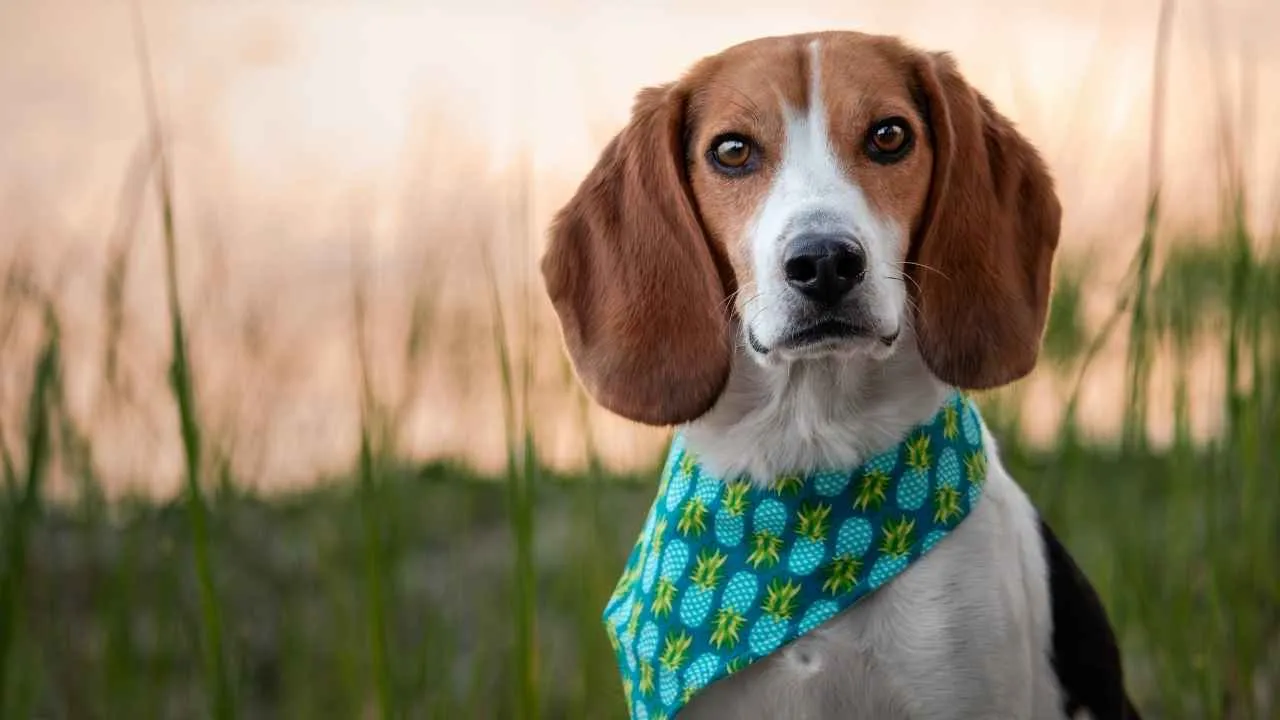
A Beagle’s occasional interest in tracking is no surprise, given its exceptional nose. When something piques its curiosity, it follows it with unwavering focus. Compact yet determined, the Beagle’s sharp instincts make it one of the finest scent hounds.
Their olfactory senses rank among the best in the canine world. A Beagle’s nose contains around 220 million scent receptors, significantly more than humans. This heightened sense allows them to detect subtle differences in odor with impressive accuracy.
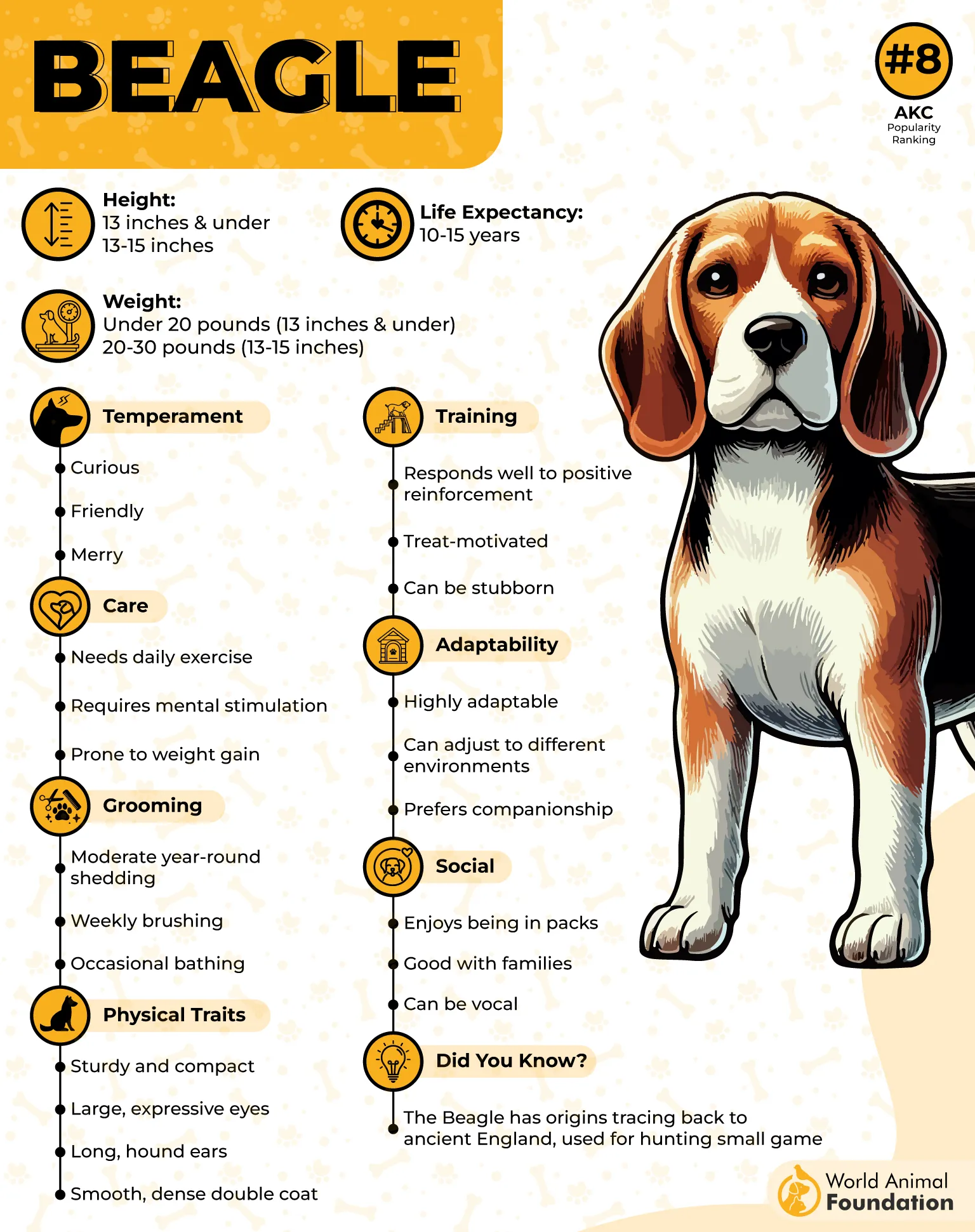
Originally bred for hunting small game, they have a natural inclination to follow trails. Their small stature and agile bodies let them navigate dense underbrush easily. They have an innate ability to work in packs, making them efficient when tracking scents.
Despite their size, Beagles possess remarkable endurance. Whether following a trail or engaging in daily activity, they require regular exercise. Their playful and energetic nature means they stay active, alert, and ready for the next adventure.
These hounds are famously food-driven. Their tracking skills often lead them toward food sources, which can result in sneaky attempts to steal meals. Owners must be mindful of their tendency to sniff out snacks in unexpected places.
Fun Fact
Beagles have been used in airport security worldwide to detect contraband. Their keen noses help identify hidden food, plants, and illegal substances in luggage, making them invaluable for customs and border protection.
3. German Shepherd
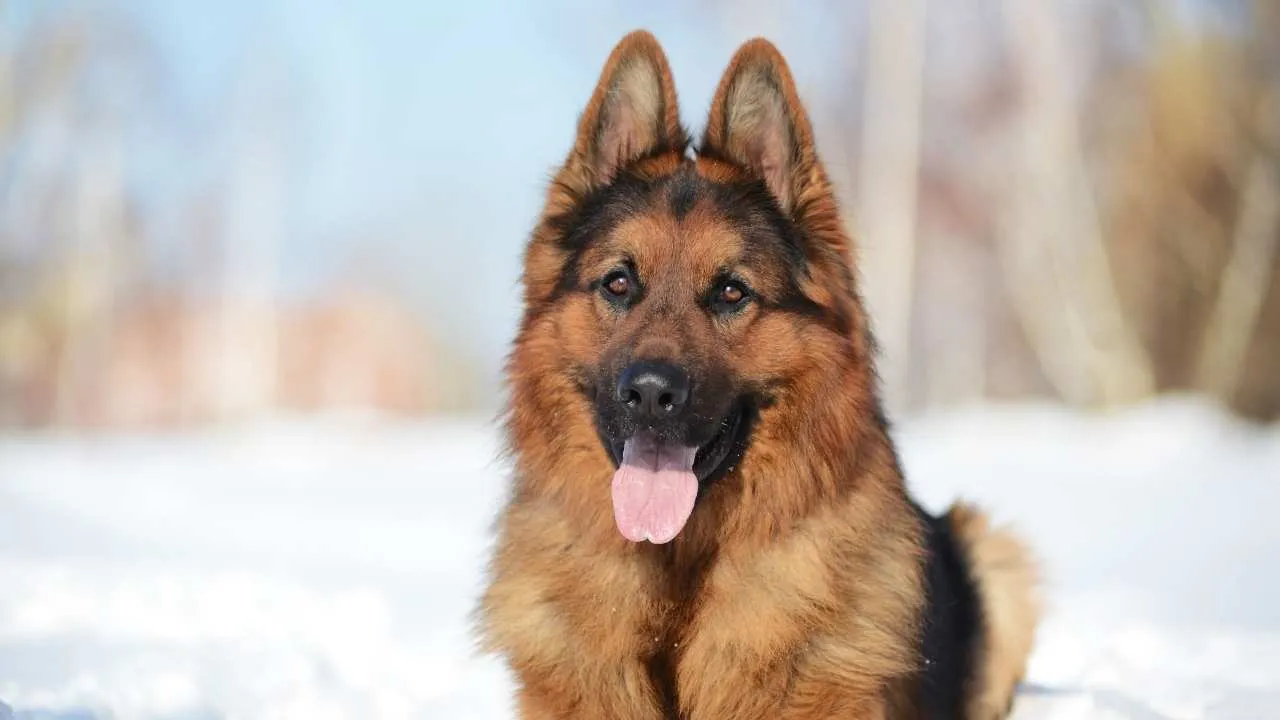
The German Shepherd may not track constantly, but it executes with unmatched precision when given the task. Known for its intelligence and adaptability, this breed is trusted in search-and-rescue missions, law enforcement, and scent detection roles.
A well-trained German Shepherd can differentiate between specific scents, follow trails even in challenging environments. Their intelligence, discipline, and physical ability make them exceptional trackers in rural and urban settings.
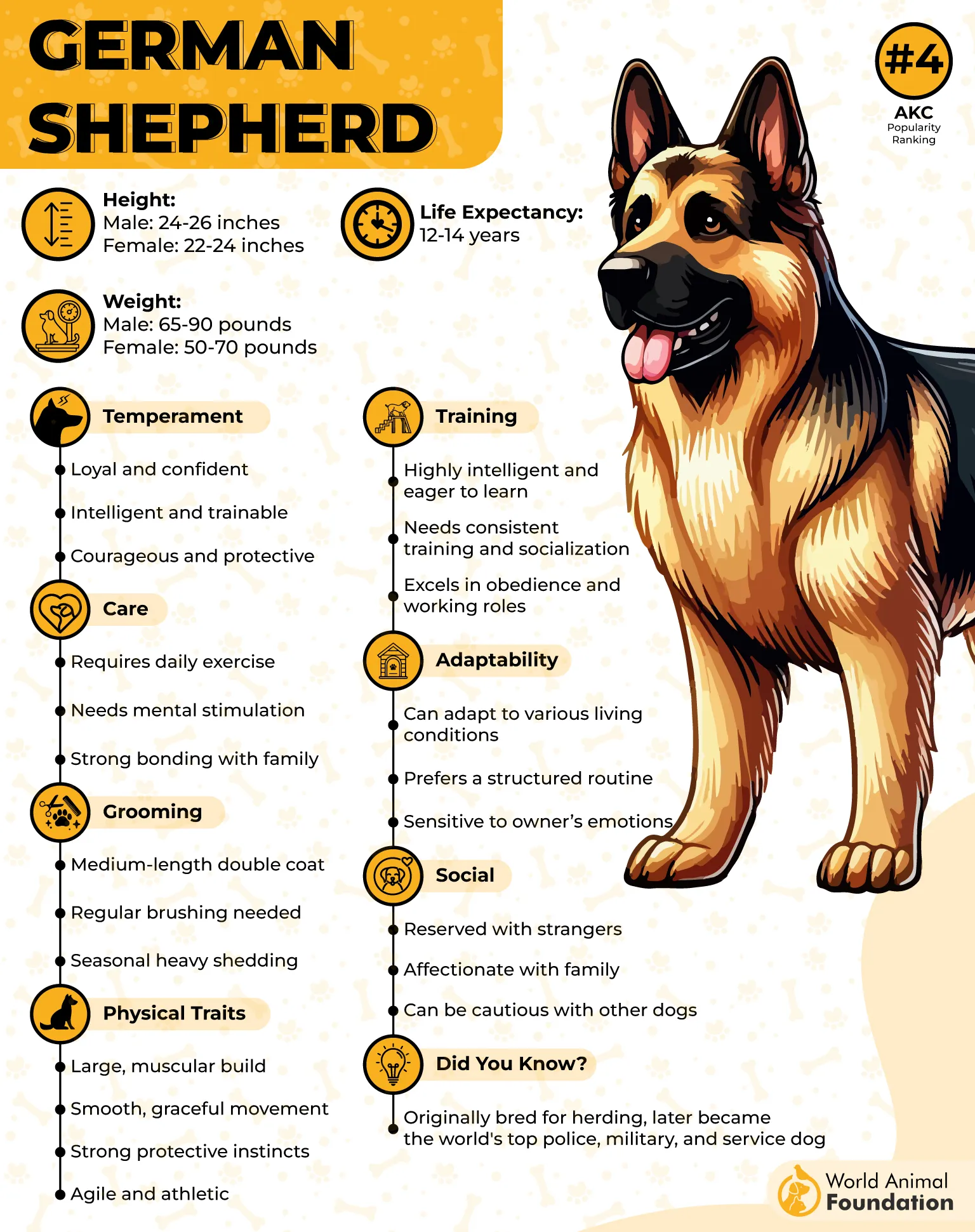
Their powerful frame supports both speed and endurance, allowing them to cover large areas efficiently. Whether in active duty or training, they remain focused and responsive to commands, excelling in structured tracking exercises.
Beyond tracking, they are highly trainable for various tasks. Obedience and social conditioning play a role in their ability to function in different roles. Their versatility extends from home protection to military work, where precision is paramount.
A German Shepherd’s acute sense of smell works with sharp problem-solving skills. They follow trails and assess situations, making them one of the most reliable breeds for complex scent detection tasks.
Fun Fact
German Shepherds can be trained to detect medical conditions, such as changes in blood sugar levels for diabetics. Their ability to recognize subtle scent shifts makes them valuable in medical alert assistance.
4. Dachshund

Dachshunds might not be the first dogs that come to mind when thinking about tracking, but their keen nose and unwavering determination make them surprisingly effective. Originally bred to hunt burrowing animals, their tracking instincts remain strong, even if they sometimes get distracted.
Short legs do not limit their ability to follow a scent trail with precision. As per PetMD, they were historically used to track badgers, a task requiring both intelligence and persistence. Despite their size, they have impressive stamina for scent work.
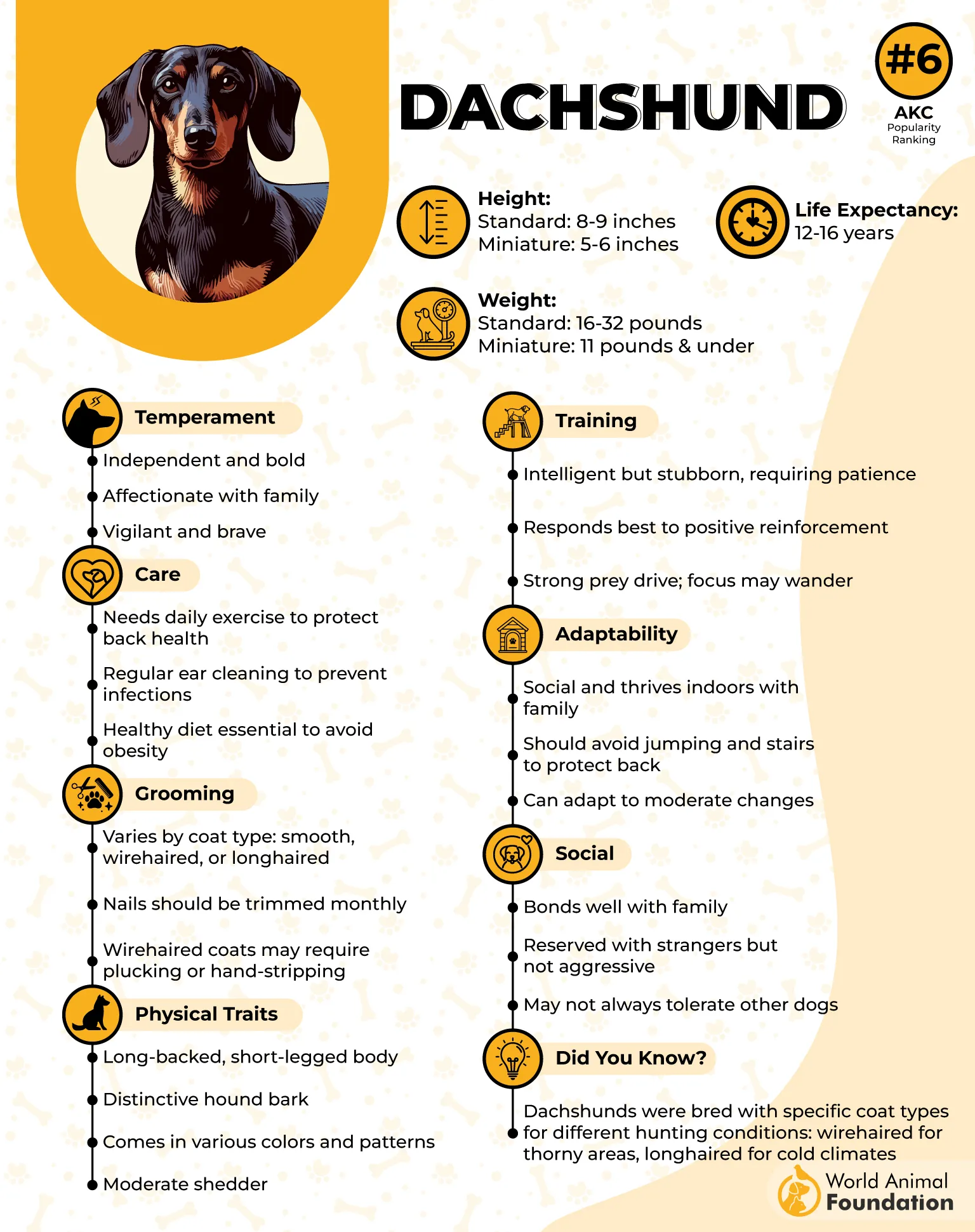
A well-trained Dachshund can distinguish between different scents effortlessly. Their powerful sense of smell allows them to detect even the faintest traces. Many still participate in tracking competitions, showcasing their impressive natural abilities in a controlled environment.
Mental stimulation is key for this breed. Without engaging activities, they may find their own ways to stay entertained, often involving sniffing out things their owners would prefer they ignore.
Their strong-willed nature means training requires patience and consistency. They respond best to positive reinforcement, turning training sessions into a fun and rewarding experience for both dog and owner. Their enthusiasm for following scents makes every session an adventure.
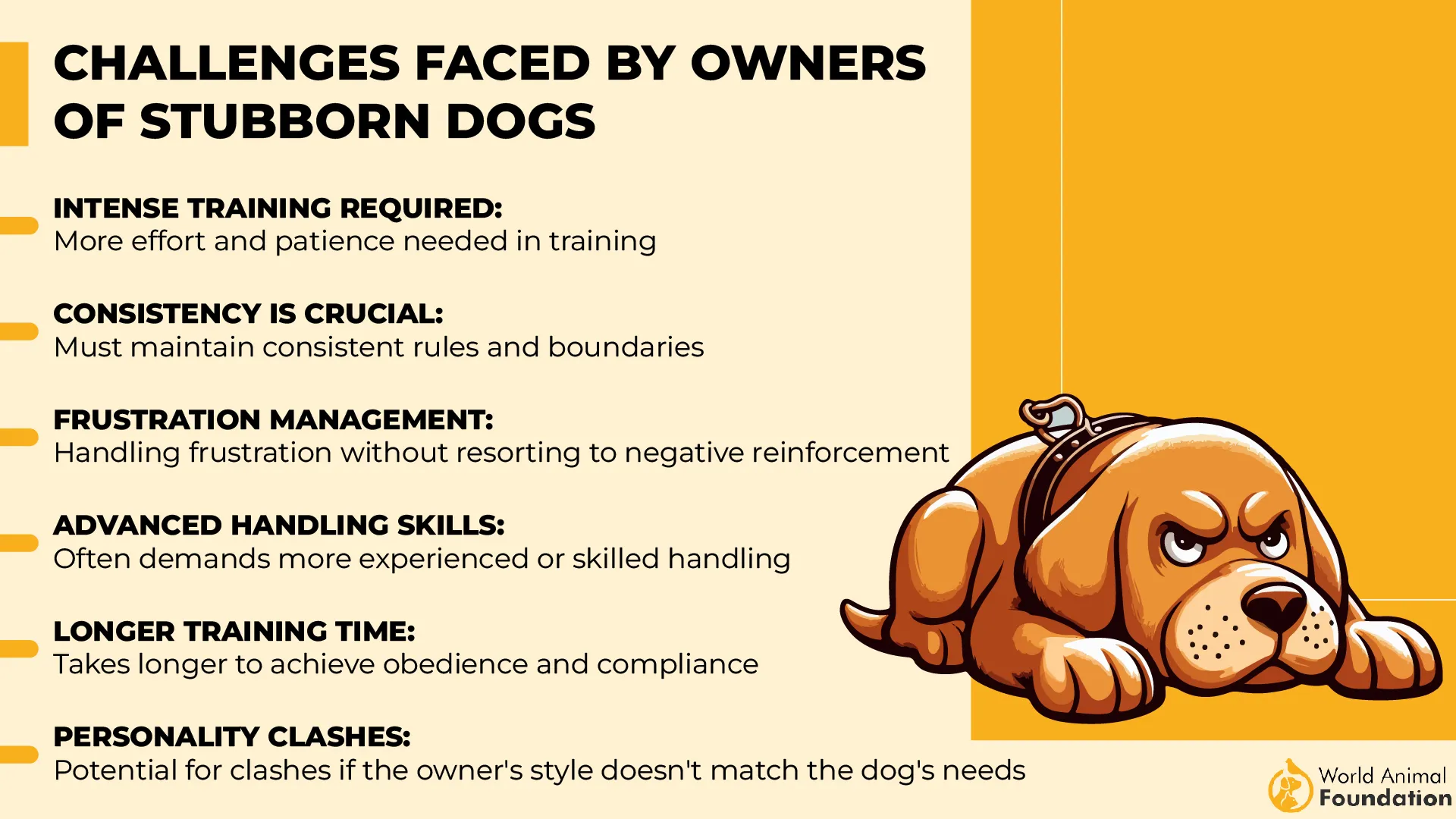
Fun Fact
Dachshunds have about 125 million scent receptors in their noses, making them excellent at detecting hidden objects. Some even assist in search-and-rescue operations, proving their skills go beyond hunting burrowing animals.
5. Belgian Malinois
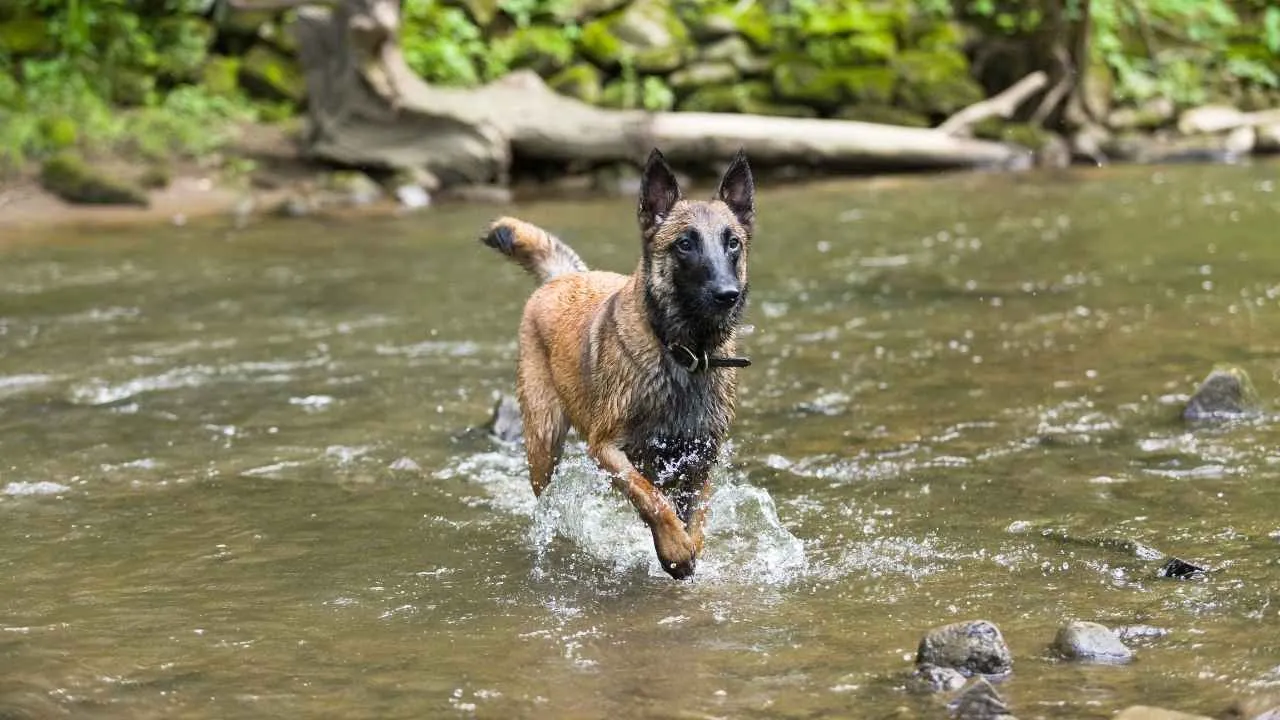
The Belgian Malinois takes tracking to another level, excelling in roles requiring precision and discipline. Used worldwide in police and military operations, their ability to detect scents at incredible distances makes them highly sought after for serious tracking work.
Their unmatched agility allows them to track in diverse environments, from dense forests to open fields. Their compact, muscular frame supports both speed and endurance, ensuring they can maintain their focus over extended tracking missions without slowing down.
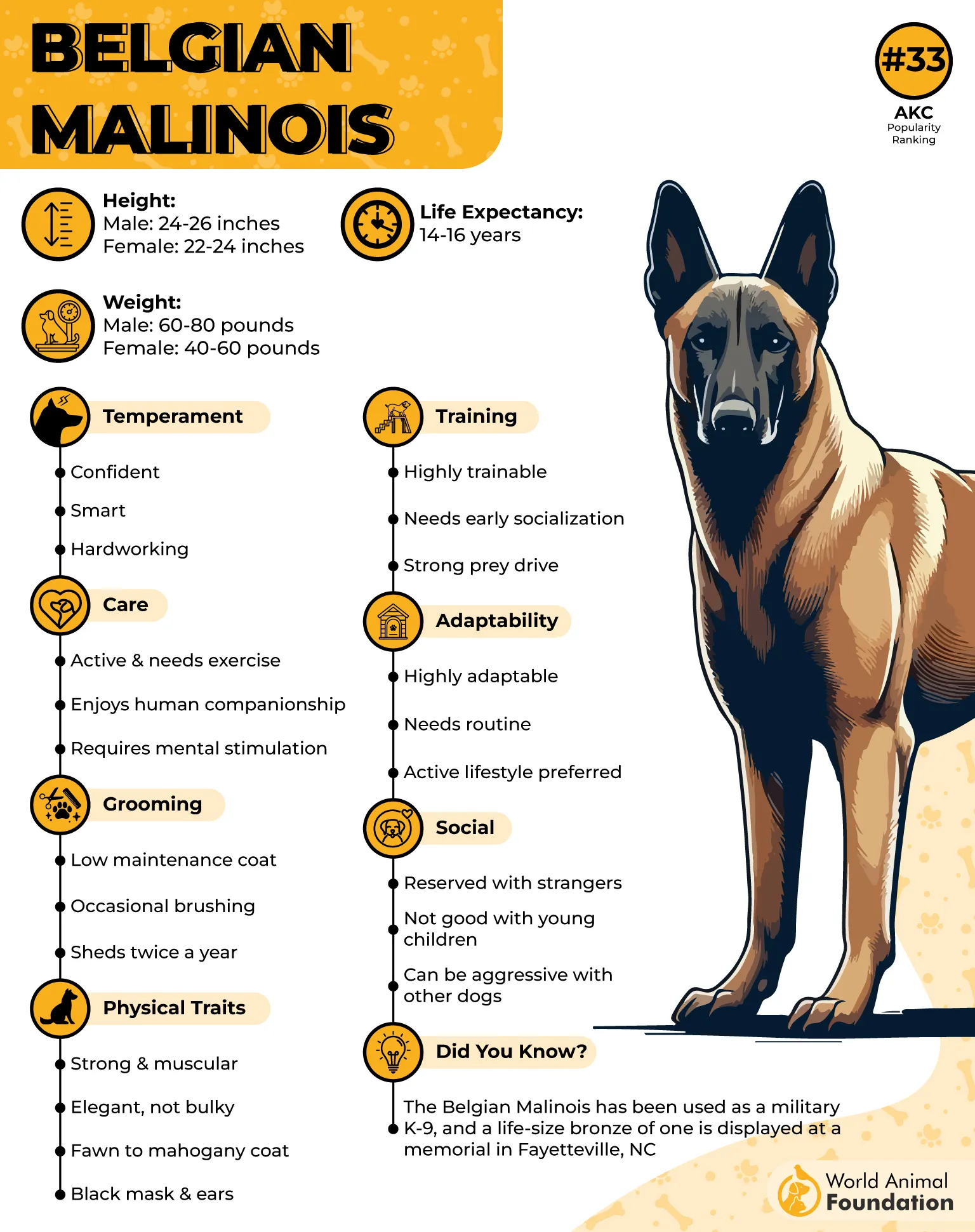
A keen sense of smell, combined with razor-sharp intelligence, makes training an exciting process. They absorb new skills quickly, excelling in scent detection training. Handlers rely on them for detecting explosives, narcotics, and even locating missing persons.
While their work ethic is impressive, they require structured mental and physical challenges daily. Without these, they may channel their energy into activities that are less desirable. Tracking work provides an excellent outlet for their high drive and need for stimulation.
Belgian Malinois thrive in active environments where they have a job to do. Their loyalty and precision in following commands make them one of the most reliable breeds for advanced tracking tasks, whether for law enforcement or specialized search teams.
Fun Fact
Belgian Malinois have been trained to track people underwater by detecting scent particles that rise to the surface. Their remarkable olfactory abilities allow them to excel in rescue missions that seem impossible for other breeds.
6. Labrador Retriever
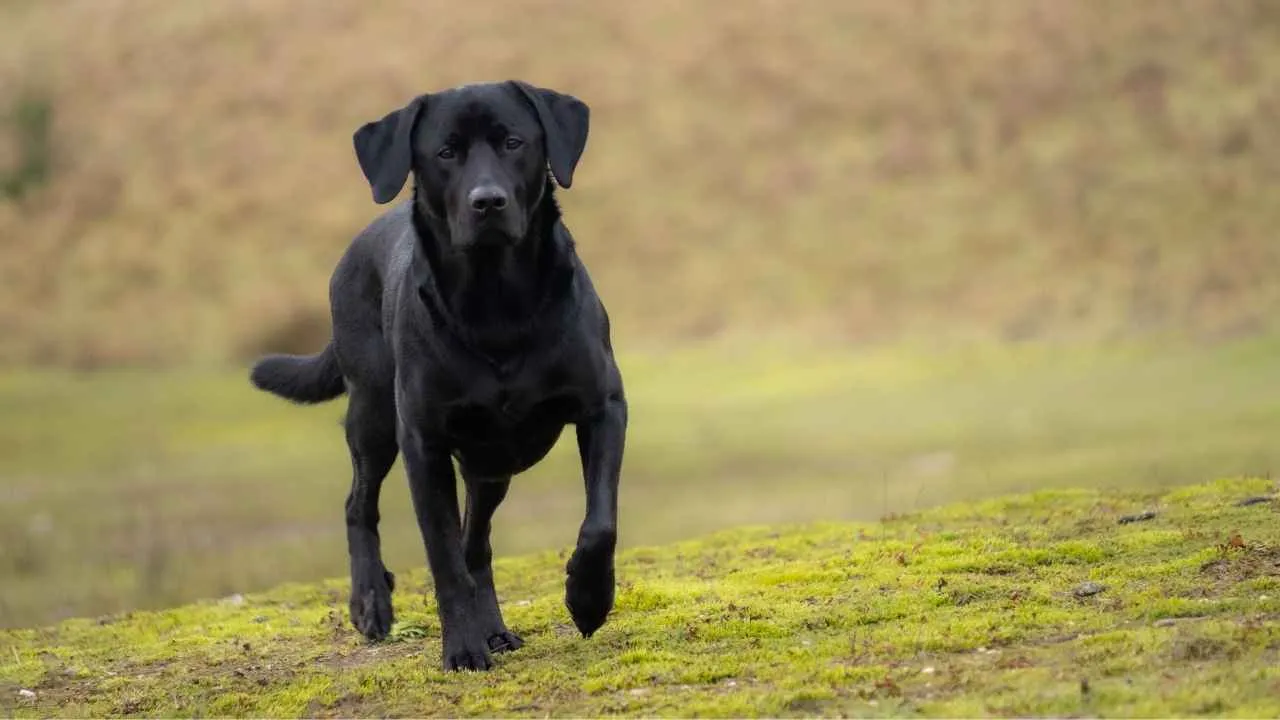
Labrador Retrievers may be known for their friendly demeanor, but their tracking abilities are equally impressive. Originally bred as retrievers, they have an innate ability to detect and follow scents with remarkable accuracy, often working in search-and-rescue missions.
Their adaptable nature allows them to work in various environments, from wilderness tracking to urban scent detection. Their strong work ethic ensures they remain focused, even in high-distraction settings, making them invaluable assets in emergency response situations.
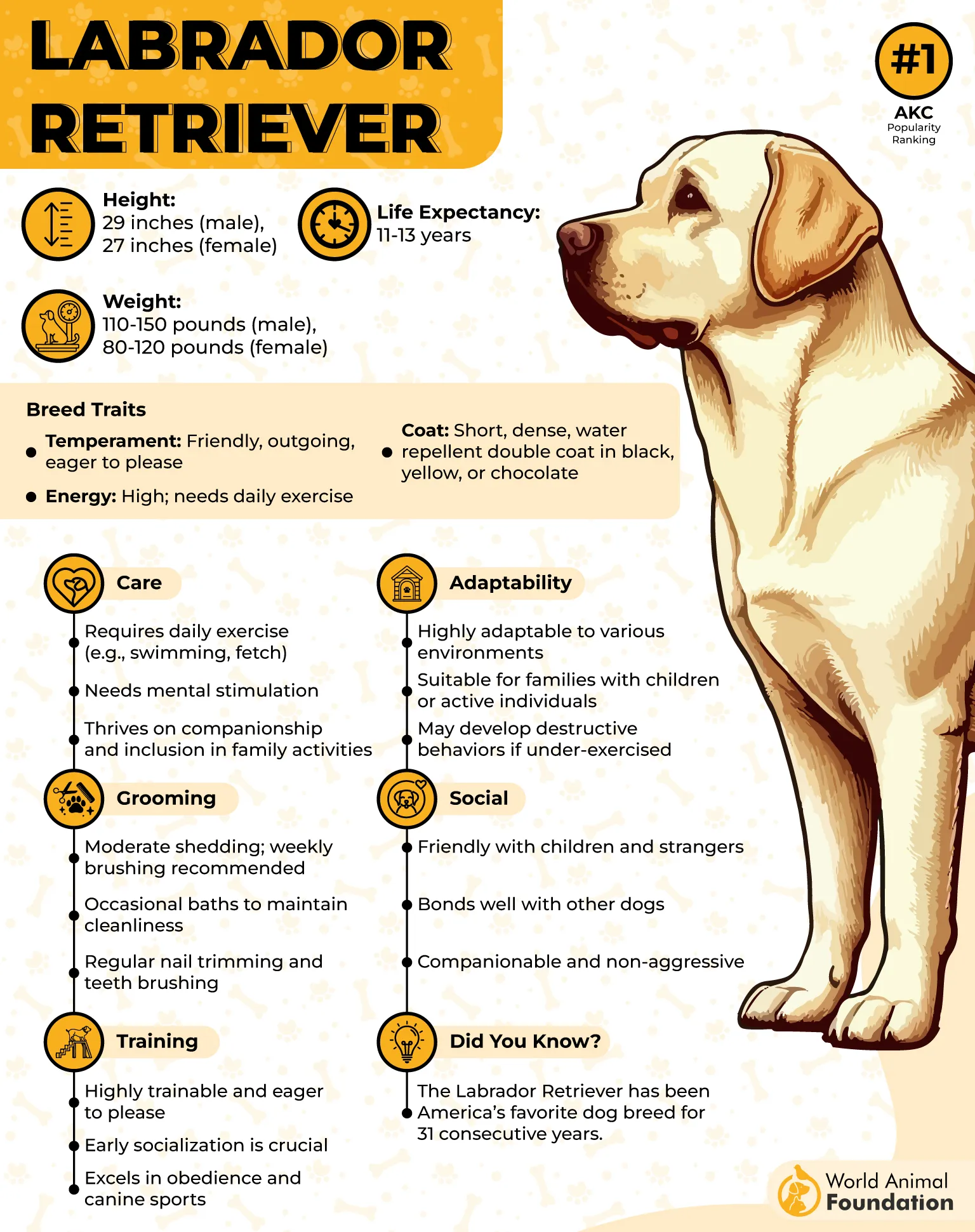
Labradors have an impressive olfactory system, capable of distinguishing between individual scents in complex environments. This skill is especially useful in medical detection work, where they can identify diseases through scent before symptoms appear.
Training a Labrador for tracking is both enjoyable and effective. Their eager-to-please nature ensures they respond well to structured guidance, enthusiastically picking up scent-related tasks. They thrive in positive reinforcement settings, making learning an engaging experience.
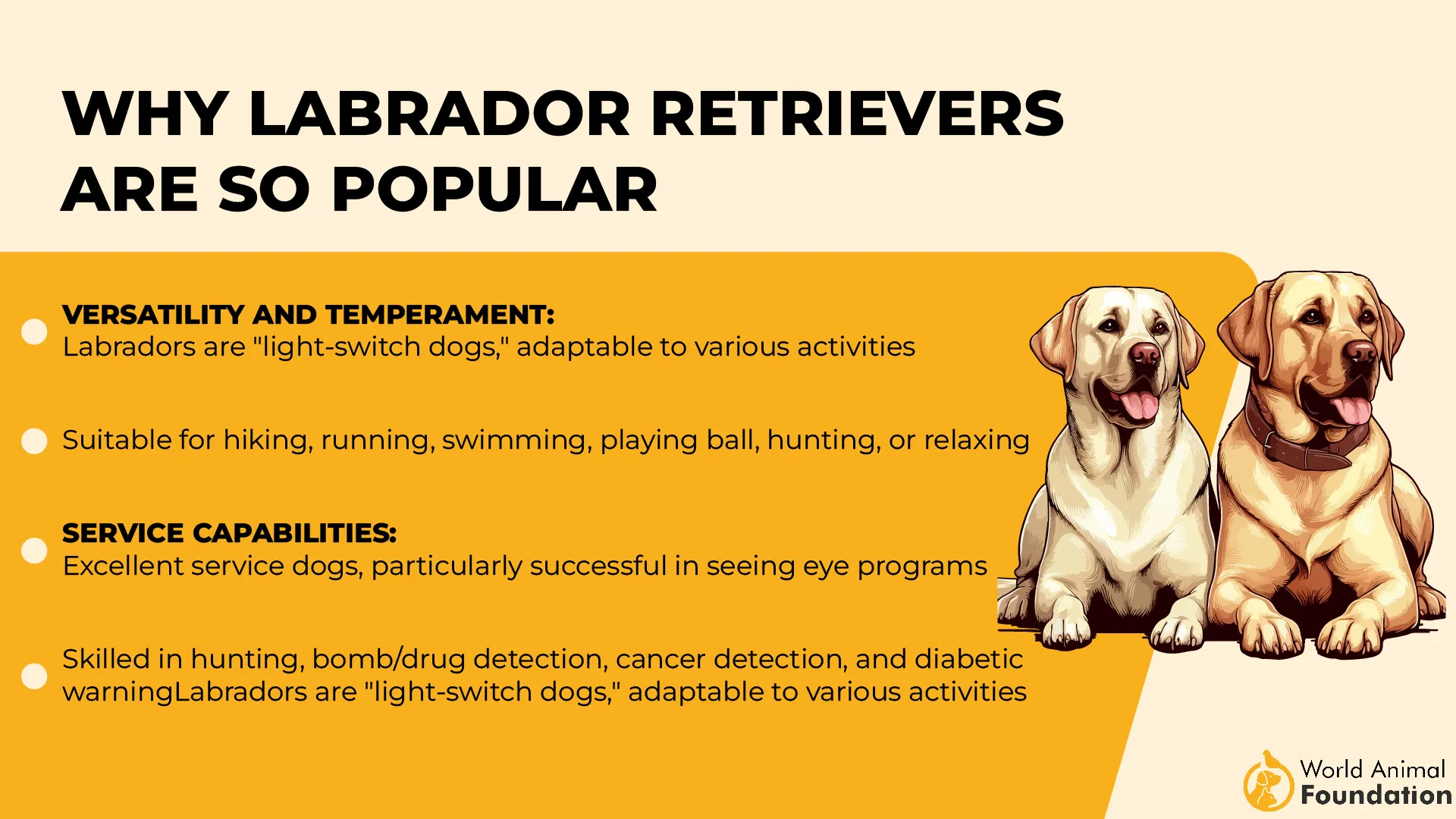
Labradors are widely used in conservation efforts, helping detect endangered species and illegal substances in protected areas. Their ability to differentiate between scents makes them valuable in preserving wildlife populations and supporting environmental protection agencies.
Fun Fact
Labrador Retrievers are used in detecting diabetic blood sugar changes by scent alone. Their ability to recognize chemical shifts in the body has helped many people manage their medical conditions more easily.
7. Basset Hound

Basset Hounds may not be the fastest dogs on the trail, but their nose more than makes up for it. Their sense of smell ranks among the best in the canine world, second only to the Bloodhound, making them exceptional trackers.
As per Britannica, their long ears help funnel scents directly to their nose, enhancing their ability to detect and follow trails. This unique anatomical feature, combined with a strong drive, allows them to track scents over long distances without losing focus.
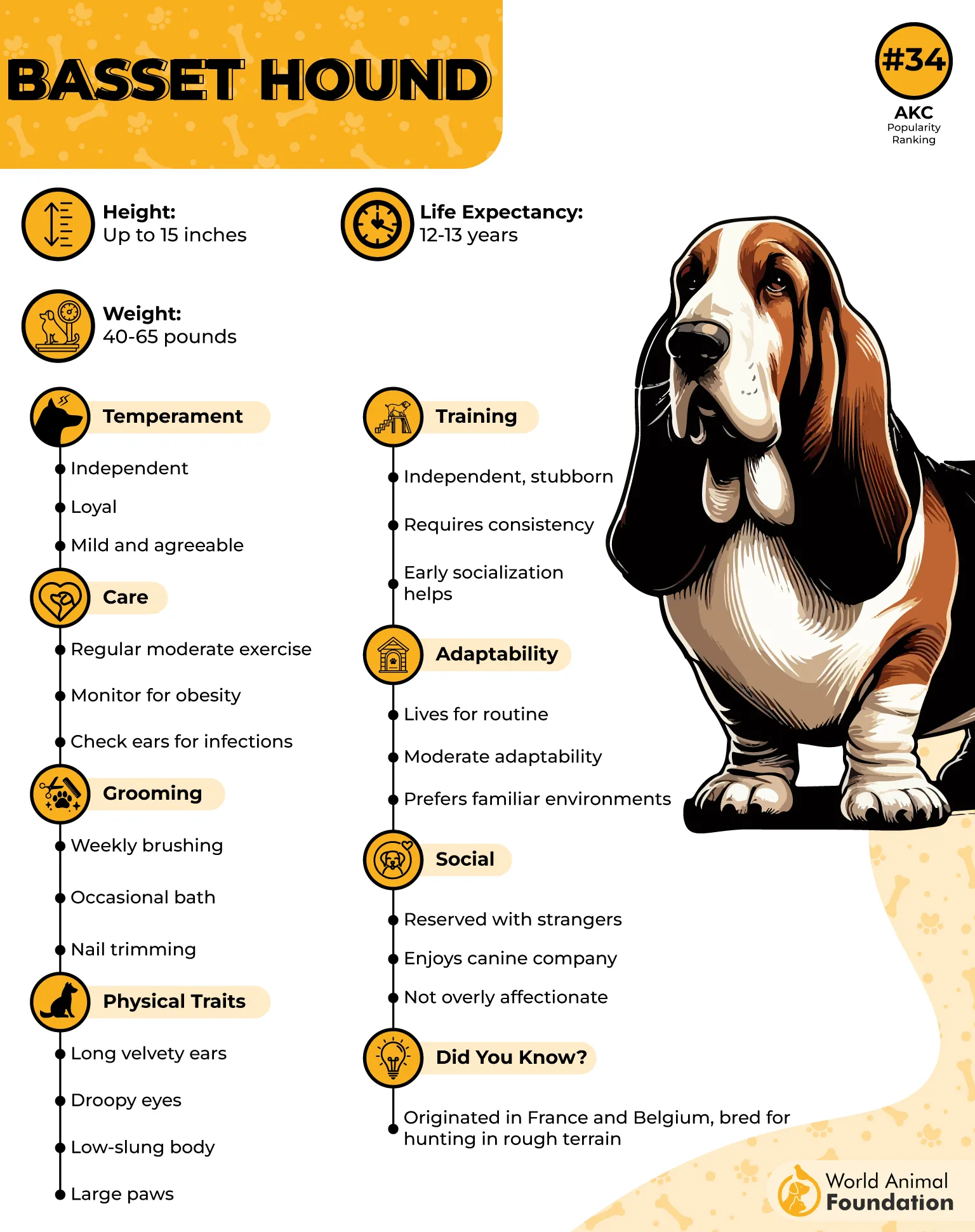
Originally bred for hunting small game, Basset Hounds are known for their determination. Once they pick up a trail, they rarely abandon it, making them reliable scent hounds. Their steady, measured approach ensures they methodically work through even the most challenging scent trails.
Despite their laid-back appearance, Basset Hounds require regular exercise to stay in top tracking form. Their strong instincts mean they may follow an interesting scent for miles if given the chance, so secure areas are ideal for scent training exercises.
Patience is key when training a Basset Hound. While their intelligence is undeniable, they have an independent streak that requires consistent motivation. Food rewards and positive reinforcement help maintain their focus during scent work sessions.
Fun Fact
Basset Hounds have over 220 million scent receptors in their noses. They can track a scent days after it has passed, making them one of the most skilled long-distance trackers in the dog world.
Conclusion
Tracking dog breeds have an unmatched ability to precisely follow scents, making them indispensable in various fields. Their intelligence, endurance, and specialized training allow them to excel in search-and-rescue, law enforcement, and recreational scent work. Each breed brings unique strengths, from speed and agility to persistence and deep-nosed tracking, making them some of the best hunting dogs and scent-trailing companions.
Even those who are only occasionally interested in good tracking dogs can appreciate their incredible skills. Their ability to detect hidden scents, navigate complex trails, and remain focused despite distractions highlights the depth of their capabilities. Many hunting dog breeds possess natural tracking instincts, allowing them to locate game, follow wounded prey, or assist in fieldwork with exceptional precision.
The Golden Retriever is a highly intelligent and versatile breed with strong scent-tracking abilities, even though it was not mentioned above. Many other dogs also excel in tracking, each bringing unique skills to scent detection and search work.
Learning about these breeds provides insight into the remarkable world of canine scent detection. Whether used as search dogs, guard dogs, or manageable tracking dogs for fieldwork, each breed plays a vital role in showcasing how extraordinary a dog’s nose truly is.

